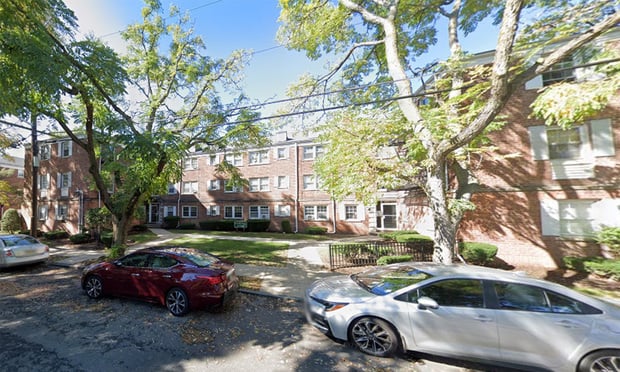NEW YORK CITY—A total of 416 investment sales transactions took place during the first half of the year in both Manhattan (166) and the boroughs (250), according to new research from Colliers—significantly down from 698 during the same time period last year.
Multifamily transactions lead the way with 157 transactions or 37.7% of deal velocity. But the value of these deals have dropped with the average sales price for a Manhattan office building falling from $919 per square foot to $656 per square foot in the second quarter.
"Without a doubt, the second quarter of 2020 ranked as one of the most challenging periods in the history of the Manhattan office market," said Franklin Wallach, senior managing director of Colliers International New York Research, in prepared remarks. "The COVID-19 pandemic and the resulting record-high unemployment rate led to a significant drop in leasing volume while supply increased.
The good news, he continued, is that Manhattan's asking rent average was resilient with only a slight decrease while sublet supply has so far held firm.
That said, any prolonged effects of the pandemic on the office market will be revealed over the next several quarters, according to Wallach. "But with New York City having entered Phase 2 of reopening in late-June and pockets of New York State already in Phase 4, there are promising signs of a recovery in the second-half of the year," he concludes.
Leasing Volume
Manhattan leasing volume dropped by more than one-half, quarter-over-quarter, Colliers reports. At 3.18 million square feet, second quarter leasing was also 71.5% below 2Q 2019's volume of 11.19 million square feet. The second quarter of 2020 was Manhattan's lowest period of leasing activity since 2009.
Furthermore, at 10 million square feet, leasing velocity during the first six months of 2020 was more than 50% below 1H 2019's 20.26 million square feet. Leasing activity during 2Q 2020 was 64.6% below Manhattan's five-year rolling average (9.01 million square feet) and 61.6% below the ten-year average (8.30 million square feet), the report noted.
Manhattan's FIRE (financial services, insurance and real estate) and TAMI (technology, advertising, media and information services) sectors led leasing by industry with a 37% and 22% share, respectively. Leasing by the public sector followed at 15%. Within the FIRE sector's share of leasing, approximately 77,000 SF (3% of Manhattan's total) were leases by coworking companies, the lowest square footage leased by coworking firms since 2013.
Asking Rents
Manhattan's asking rent average decreased slightly by 0.2% during the quarter to $79.32 per square foot. The asking rent average was also lower in two of Manhattan's three major markets and in 13 of Manhattan's 18 submarkets, quarter-over-quarter. However, Manhattan's asking rent average was higher by 1.9% annually. The asking rent average in Class A product ($85.12 per square foot) increased to a new quarterly record-high while Class C product ($57.66 per square foot) also increased, quarter-over-quarter.
The asking rent average in Class B inventory ($67.09 per square foot), however, decreased since the first quarter, Colliers said.
Want to continue reading?
Become a Free ALM Digital Reader.
Once you are an ALM Digital Member, you’ll receive:
- Breaking commercial real estate news and analysis, on-site and via our newsletters and custom alerts
- Educational webcasts, white papers, and ebooks from industry thought leaders
- Critical coverage of the property casualty insurance and financial advisory markets on our other ALM sites, PropertyCasualty360 and ThinkAdvisor
Already have an account? Sign In Now
*May exclude premium content© 2024 ALM Global, LLC, All Rights Reserved. Request academic re-use from www.copyright.com. All other uses, submit a request to [email protected]. For more information visit Asset & Logo Licensing.








